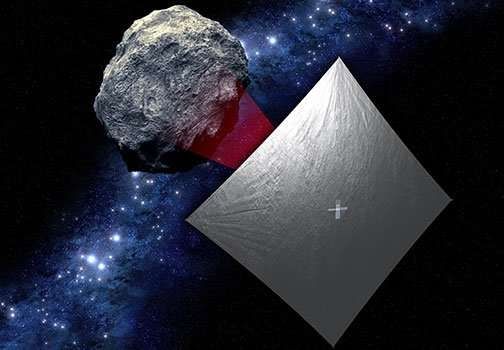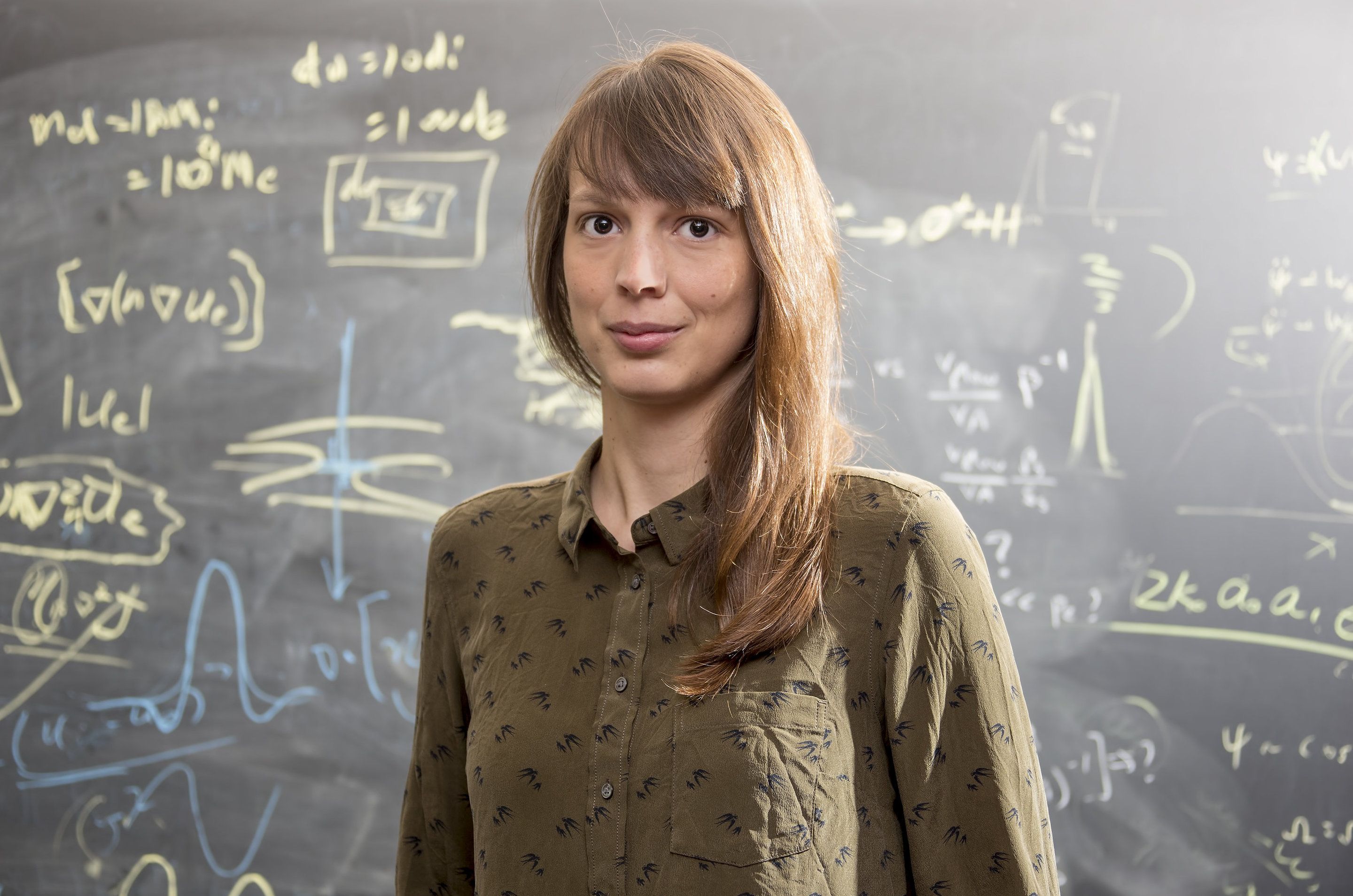We brought the leading experts in aging research and biotech investment together for an action-packed day of science. See what happened at this exciting event and check out our first event video now.
On July 12th, we hosted our first conference, Ending Age-Related Diseases: Investment Prospects & Advances in Research, at the Frederick P. Rose Auditorium, which is part of the Cooper Union campus in New York City. We are delighted to announce that the conference was a huge success with 160 attendees, a wide variety of speakers from both research and business, and some great discussion panels.
The goal of this conference was to promote multidisciplinary collaboration in order to foster the development of next-generation drugs and therapies that directly target the processes of aging and thus have the potential to prevent and cure age-related diseases.
For those of you who could not join us there, we have recorded the talks and panels from the conference, and we will be making them available on our website in the next few weeks once we have edited them. As a special thank you, the Lifespan Heroes, our monthly patrons, will be offered early access to these videos ahead of a public release.







